-
BackX
-
Components
-
-
Category
-
Semiconductors
- Diodes
- Thyristors
-
Electro-insulated Modules
- Electro-insulated Modules | VISHAY (IR)
- Electro-insulated Modules | INFINEON (EUPEC)
- Electro-insulated Modules | Semikron
- Electro-insulated Modules | POWEREX
- Electro-insulated Modules | IXYS
- Electro-insulated Modules | POSEICO
- Electro-insulated Modules | ABB
- Electro-insulated Modules | TECHSEM
- Go to the subcategory
- Bridge Rectifiers
-
Transistors
- Transistors | GeneSiC
- SiC MOSFET Modules | Mitsubishi
- SiC MOSFET Modules | STARPOWER
- Module SiC MOSFET ABB’s
- IGBT Modules | MITSUBISHI
- Transistor Modules | MITSUBISHI
- MOSFET Modules | MITSUBISHI
- Transistor Modules | ABB
- IGBT Modules | POWEREX
- IGBT Modules | INFINEON (EUPEC)
- Silicon Carbide (SiC) semiconductor elements
- Go to the subcategory
- Gate Drivers
- Power Blocks
- Go to the subcategory
- Electrical Transducers
-
Passive components (capacitors, resistors, fuses, filters)
- Resistors
-
Fuses
- Miniature Fuses for electronic circuits - ABC & AGC Series
- Tubular Fast-acting Fuses
- Time-delay Fuse Links with GL/GG & AM characteristics
- Ultrafast Fuse Links
- Fast-acting Fuses (British & American standard)
- Fast-acting Fuses (European standard)
- Traction Fuses
- High-voltage Fuse Links
- Go to the subcategory
- Capacitors
- EMI Filters
- Supercapacitors
- Power surge protection
- TEMPEST emission revealing filters
- Go to the subcategory
-
Relays and Contactors
- Relays and Contactors - Theory
- 3-Phase AC Semiconductor Relays
- DC Semiconductor Relays
- Controllers, Control Systems and Accessories
- Soft Starters and Reversible Relays
- Electromechanical Relays
- Contactors
- Rotary Switches
-
Single-Phase AC Semiconductor Relays
- AC ONE PHASE RELAYS 1 series| D2425 | D2450
- One phase semiconductor AC relays CWA and CWD series
- One phase semiconductor AC relays CMRA and CMRD series
- One phase semiconductor AC relays - PS series
- Double and quadruple semiconductor AC relays - D24 D, TD24 Q, H12D48 D series
- One phase semiconductor relays - gn series
- Ckr series single phase solid state relays
- One phase AC semiconductor relays for DIN bus - ERDA I ERAA series
- 150A AC single phase relays
- Rail Mountable Solid State Relays With Integrated Heat Sink - ENDA, ERDA1 / ERAA1 series
- Go to the subcategory
- Single-Phase AC Semiconductor Relays for PCBs
- Interface Relays
- Go to the subcategory
- Cores and Other Inductive Components
- Heatsinks, Varistors, Thermal Protection
- Fans
- Air Conditioning, Accessories for Electrical Cabinets, Coolers
-
Batteries, Chargers, Buffer Power Supplies and Inverters
- Batteries, Chargers - Theoretical Description
- Modular Li-ion Battery Building Blocks, Custom Batteries, BMS
- Batteries
- Battery Chargers and Accessories
- Uninterruptible Power Supply and Buffer Power Supplies
- Inverters and Photovoltaic Equipments
- Energy storage
- Fuel cells
- Lithium-ion batteries
- Go to the subcategory
-
Automatics
- Spiralift Lifts
- Futaba Drone Parts
- Limit Switches, Microswitches
- Sensors, Transducers
-
Infrared Thermometers (Pyrometers)
- IR-TE Series - Water-proof Palm-sized Radiation Thermometer
- IR-TA Series - Handheld Type Radiation Thermometer
- IR-H Series - Handheld Type Radiation Thermometer
- IR-BA Series - High-speed Compact Radiation Thermometer
- IR-FA Series - Fiber Optic Radiation Thermometer
- IR-BZ Series - Compact Infrared Thermometers
- Go to the subcategory
- Counters, Time Relays, Panel Meters
- Industrial Protection Devices
- Light and Sound Signalling
- Thermographic Camera
- LED Displays
- Control Equipments
- Go to the subcategory
-
Cables, Litz wires, Conduits, Flexible connections
- Wires
- Cable feedthroughs and couplers
- Litz wires
- Cables for extreme applications
- Sleevings
-
Braids
- Flat Braids
- Round Braids
- Very Flexible Flat Braids
- Very Flexible Round Braids
- Cylindrical Cooper Braids
- Cylindrical Cooper Braids and Sleevings
- Flexible Earthing Connections
- Galvanized and Stainless Steel Cylindrical Braids
- PCV Insulated Copper Braids (temp. up to 85C)
- Flat Aluminium Braids
- Junction Set - Braids and Tubes
- Go to the subcategory
- Traction Equipment
- Cable Terminals
- Flexible Insulated Busbars
- Flexible Multilayer Busbars
- Cable Duct Systems
- Go to the subcategory
- View all categories
-
Semiconductors
-
-
- Suppliers
-
Applications
- CNC Machine Tools
- DC and AC Drives (Inverters)
- Energetics
- Energy bank
- Equipment and Components for Hazardous Areas [Ex]
- Equipment for Distribution, Control and Telecommunications Cabinets
- HVAC Automation
- Induction Heating
- Industrial Automation
- Industrial Protective Devices
- Machines for Drying and Wood Processing
- Machines for Thermoforming Plastics
- Mining, Metallurgy and Foundry
- Motors and Transformers
- Power Supplies (UPS) and Rectifier Systems
- Printing
- Temperature Measurement and Regulation
- Test and Laboratory Measurements
- Tram and Railway Traction
- Welding Machines
-
Assembly
-
-
Inductors
-
-
Induction devices
-
-
Service
-
- Contact
- Zobacz wszystkie kategorie
Measuring shunt – how does it work and where is it used?

Measuring shunt is one of the most important elements used in electrical engineering and power electronics for current measurement. Thanks to its simplicity, reliability, and high accuracy, it is used in many circuits where it is necessary to measure large currents safely and consistently.
Understanding what a shunt is, how it works, and where it is applied is crucial for those involved in the design, maintenance, or diagnostics of electrical installations.
Shunt – definition and principle of operation
A shunt is a special measuring resistor with very low resistance (usually fractions of an ohm), which is connected in series in the circuit where the measured current flows.
Its operating principle is based on Ohm’s law – the flow of current causes a voltage drop across the shunt, proportional to the current value. In practice, this voltage is very small, e.g., 75 mV at the full current range. This is why terms such as measuring shunt 50A 75mV or current shunts with higher ranges, e.g., hundreds or thousands of amperes, are popular.
This small voltage drop can then be measured using a voltmeter or a properly calibrated ammeter. As a result, the instrument indicates the value of the current flowing in the circuit.
Shunt and current measurement
The primary application of a shunt is current measurement. In practice, several key advantages can be distinguished:
- the ability to measure high currents, reaching tens of thousands of amperes,
- accurate readings in both dc (direct current) and ac (alternating current) circuits,
- simple design and high measurement accuracy,
- safe operation thanks to the isolation of the measuring part from high current values.
In many cases, a measuring shunt is used together with an ammeter, where the value is read based on the voltage generated by the shunt resistor.
Shunt and ammeter – how does it work?
An ammeter is an instrument that by itself cannot measure high currents because it requires a limited range. To properly connect an ammeter to the circuit, a shunt is used.
The shunt ensures that only a small part of the current flows through the measuring instrument, while the main flow passes through the shunt resistor. Thanks to this, even high current values, e.g., 50A 75mV, can be recorded by classic analog meters or modern digital instruments.
In practice, it is said that a shunt “extends the measurement range of an ammeter.”
Shunt and voltmeter
Although most often associated with an ammeter, a shunt can also work with a voltmeter. Since the voltage across the shunt is proportional to the flowing current, it is enough to calibrate the voltmeter so that its readings correspond to the current in the circuit. This makes it possible to easily create a reliable measuring system.
Typical parameters of a shunt
A shunt is mainly characterized by two parameters:
1. Current range – the maximum current that can flow through it without the risk of damage or overheating. This can be small values (a few amperes) or very large ones (thousands of amperes).
2. Voltage drop – typically 75 mV at maximum current, although other values are also available.
An example is a measuring shunt 50A 75mV, which means that when 50 amperes flow through the shunt resistor, a voltage drop of 75 millivolts occurs.
Applications of a measuring shunt
Current measurement in electrical installations
A shunt is commonly used in both direct current and alternating current circuits where it is necessary to measure the current flowing through heavily loaded conductors. It is found, for example, in distribution systems, industrial batteries, and power installations.
Electronics and automation
In electronic devices and automation systems, a shunt functions as a measuring element in control and protection circuits. Thanks to it, it is possible, for example, to record current over time as well as to control the operation of devices based on measurement data.
Industry and energy
In industrial plants, current shunts are used to monitor high currents in technological processes, e.g., in welding machines, electrolysis, or power supply systems. Their high resistance to working conditions and accuracy make them an essential component in many industries.
Laboratories and metrology
In measurement laboratories, shunts are used for calibration of measuring instruments and for conducting precise research. Measurement accuracy and stability of shunt parameters are crucial here.
Analog and digital shunt
In classic systems, analog shunts are used, which work with traditional analog meters. Modern solutions increasingly use digital shunts, which integrate current measurement with signal processing and can be connected directly to monitoring systems.
Selecting and using a shunt
When choosing a shunt, attention should be paid to:
- the resistance value of the shunt,
- the maximum operating current,
- the required voltage drop (usually 75 mV),
- working conditions (temperature, environment, possibility of short circuits),
- measurement accuracy required in a given application.
Proper connection of the shunt and selection of wires are of great importance for obtaining accurate readings.
Advantages of using shunts
- the ability to measure high currents without the risk of damaging the measuring instrument,
- high measurement accuracy,
- simple design and safe and reliable operation,
- a wide range of available models – from a few amperes to thousands of amperes,
- compatibility with both analog and digital meters.
Summary
A measuring shunt is a simple component but of great importance for current measurements. By using a shunt resistor with low resistance, it is possible to accurately and safely measure high currents in both ac and dc circuits.
Used in ammeters, voltmeters, or modern digital systems, the shunt remains indispensable wherever precision and reliability are required. From metrology laboratories, through industry, to power engineering – its role is invaluable.
We invite you to learn about our offer and take advantage of our specialists’ expertise. Together we will find solutions best suited to your needs.
Related products
Related posts
 Thermally conductive materials in power storages
Thermally conductive materials in power storages
 Measuring power and energy in electric circuits
Measuring power and energy in electric circuits
 Industrial communication in explosion hazardous areas (with MTL components)
Industrial communication in explosion hazardous areas (with MTL components)

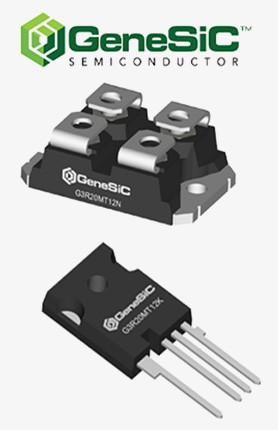
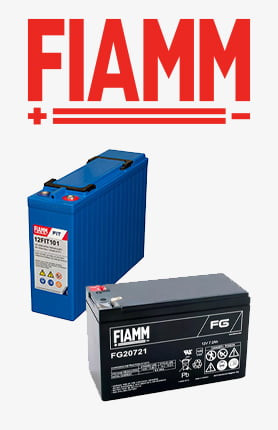
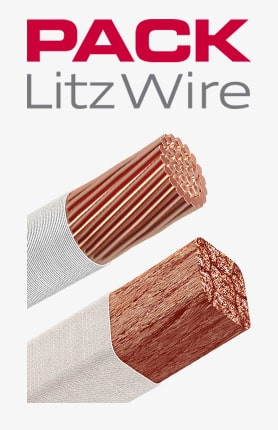
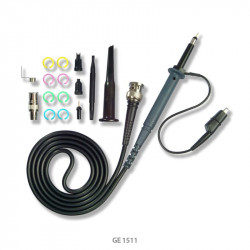
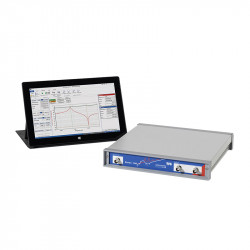
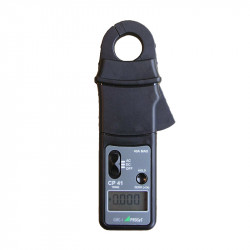
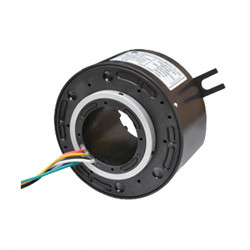
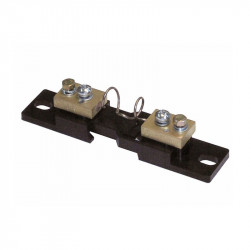
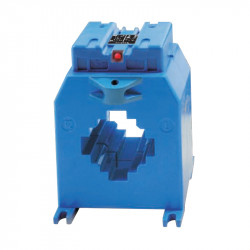
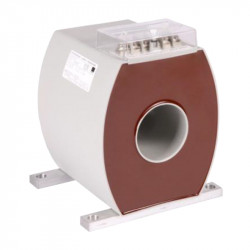
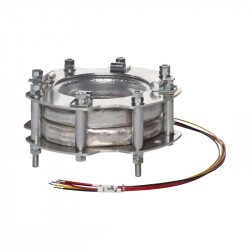
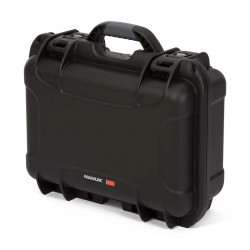
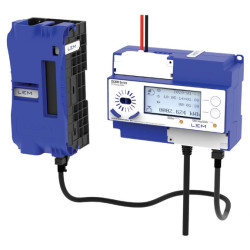

Leave a comment